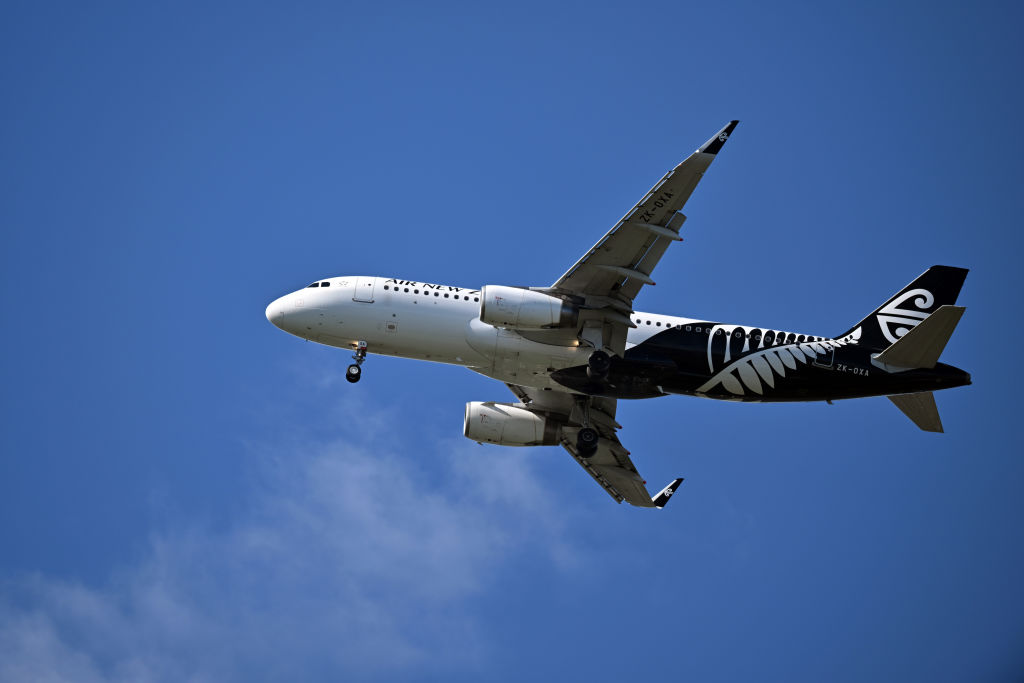Recurring severe turbulence events are likely to expediate research into spotting invisible turbulence, aviation professor says.
A passenger and crew member have been injured in the third case of severe flight turbulence in just over a month.
According to passenger accounts, Air New Zealand flight NZ607 hit turbulence just after take-off on Sunday afternoon.
It was reported one passenger was burned when a flight attendant who was serving drinks was injured in the event, causing hot liquid to spill on the traveller.
A paramedic who happened to be seated near the passenger helped provide assistance.
Turbulence resulted in the flight attendant being thrown to the floor of the plane.
It is the third recent case of passengers and crew being injured by strong turbulence while in the air.
The event follows severe turbulence on a Singapore Airlines jetliner last month, that resulted in numerous injuries and a 73-year-old British man dying from a suspected heart attack.
Not long after, 12 people were injured after a Qatar Airways flight encountered major turbulence on May 27.
At the time, aviation expert Keith Tonkin told The Epoch Times the two events were likely coincidental.
“It doesn’t have to be much of a bump,” he said.In the case of the Air New Zealand flight, CQUniversity Aviation Professor Doug Drury told The Epoch Times a number of factors had likely added up to the incident.
The flight had also been in the process of a refreshment service, meaning the attendant was walking around without a seatbelt.
The plane was headed to Queenstown from Wellington when it encountered what is known as “mechanical turbulence,” the process of fast-moving air coming into contact with mountains, going up rapidly.
“This is related to weather patterns, when you have the transition from seasonal warm to cold, the air is disturbed where the two fronts meet,” Mr. Drury said.
“This is known as thermal turbulence as it is related to the temperature changes.
“Unfortunately, as climate change becomes part of our everyday vernacular, we will hear about more of these events.”
Mr. Drury said fastened seatbelts were still the best way to avoid in injury in the air.
“The technology is advancing to provide flight crews and air traffic control with the ability to detect turbulence and events like we have seen recently will only urge the research and development on to a quicker pace,” he said.
“But as the term states it is called ‘clear air turbulence’ and is therefore unseen … for now.”
Air New Zealand was contacted for comment.
According to the Australian Civil Aviation Authority (CASA), there are six categories of turbulence, ranging from mild bumps known as “light chop” through to “extreme turbulence” which is capable of violently tossing a plane around.

